I spend a great deal of time with my students dismissing the idiotic sayings they’ve grown accustomed to hearing over and over again. Witty little wordplay that attempts to answer complex thoughts in an easy-to-digest sentence. Easy to remember because it’s catchy, like a tune that won’t stop playing in your head, they can be subsequently regurgitated to make the speaker sound clever.
They spread like a virus. Before long, generations of people suffer from their simplicity. They seem so smart that few question what the actual words mean and remember only the general idea.
Unfortunately, students and new professionals suffer the most. They haven’t enough experience of observing how these sayings don’t fit reality.
Speaking with a young professional the other day, she relayed how much she’d listened to a instructor tell her how she hadn’t understood how to be creative—to let go of the “rules” in order to be truly original.
One cannot be original without first learning how to create something. Rejecting “the rules” cannot be accomplished if one hasn’t actually learned them. And there may not be ‘official’ rules, but there are principles. She still suffered the question of whether she was doing it ‘right.’
Eventually, the student surpasses the master. To be better than the instructor? No. To be skilled at knowing what it takes to master one’s own voice. Of that, no one can be better.
Let’s start with one of the first debilitating comments I ever heard in the business, on my first day at art school.
“Painting is dead.”
People love to parade this one around as if they’re some kind of visionary. It persists even while thousands of artists are working full-time in the art world creating fantastic visuals for illustration, galleries, movies, tv, animation, comics, etc. Not only did I hear this one in art school, but also from a number of people working full-time in the industry…40 years ago.
Painting is not dead. The computer didn’t kill painting in the least. (If anything, it enhanced it. There are perhaps more creative artists working today than ever before. Even the school where I heard this has banks of computers for students.) There is no substitute for standing in front of an actual work of art. The distance between the work and the audience is the same distance from the artist that created it. Computers cannot capture this distance because the brain already understands, from thousands of years of visual training, when a thing is real or not.
Yes, virtual reality is on its way and with these fabulous techniques we sometimes fool the eye to believe something is real, but ultimately we find out. Yet when we discover a piece is real, it only becomes more real, even more fascinating by its reality.
Humans will always need to leave their mark, to show we were here. To show we existed at all. To communicate, to connect, to compel others to look and engage. The ancient cave painters were communicating, not expressing their artistic creativity.
“Only 2% will ever make it.”
The second little saying I heard over and over again in art school, as if the institution was warning us that art is difficult. The feeling of superiority from the speaker was meant to put down lesser candidates for a career.
While the actual statistics may indeed be true, that a very small amount of those who attempt a career in the art field succeed, the real question to ask is not why those few succeed, but rather why so many do not.
The direct answer is that 98% give up. The complex answer is doubly complicated by why this is so. Reasons range from physical, psychological, financial, etc. But studies of high performance show the percentage of success increases the longer an artist stays focused. Or simply stays with it.
“Artists are inarticulate.”
Apparently, so is the guy that said that. The saying derives from the idea that a truly great artist can’t explain “how they do it.” That they are just so gifted and so good that to explain how would take away from the uniqueness of the work, and somehow tarnish their gift.
If an artist that’s been working in the field for a good length of time cannot identify or express how they go about creating, they are 1) limited by their lack of insight, and 2) at the mercy of their so-called Muse. (Heck, I use the term ‘Muse’ myself, but it refers to my attention span, my focus, rather than some humanized mythological fantasy outside of myself that visits sporadically.)
Illustration, painting, is about communication. One can learn to express, and yes, articulate how their imagery is created. By doing so, the artist learns how to utilize the information to get better, to express better, to communicate better.
“Those that can, do. Those that can’t, teach.”
Ridiculous. I know a long list of working artists who also teach and they’re brilliant. At both endeavors. It depends on how good you want to be at either.
The general idea is to pass the creative endeavor forward to subsequent generations by teaching them how it’s done, so they don’t have to reinvent the damn wheel every time they feel creative; to drive our perceptions forward to understand the human condition and gain insight for ourselves and the universe around us. The principles of composition, value, shape, depth, color, light, et al, are timeless.
We are one species, striving to express ourselves, to communicate, to learn, to move forward. An artist never stops learning.
“They were ahead of their time.”
One of the weakest of expressions. Liberally used by critics to describe an artist’s work that the writer, usually not a painter themselves, has given no thought to. Unless the artist (writer, musician, filmmaker) has a time machine, this is humorously impossible, let alone the more obvious idea that the creator has cleverly outwitted us all. That we can only catch up to their amazing foresight.
Ultimately, an artist should want to be exactly a part of their time, a part of their condition, a part of the society they create in. Artists express the world around them while making observations about topics, conditions, and the thought processes of their time. This is what we love to feel in an artist’s work. To see them capture the very time they lived. (Besides, eventually the audience “catches up” and the affect of being so advanced wears off fast.)
“There are no blacks in nature.”
Black occurs naturally throughout the planet. Ever see obsidian? Charcoal? A black heifer? Shadows, too, can be very black. During nighttime, foreground objects generally tend toward pitch black. This little rule about black is as gross an exaggeration as the comment, “the sky is always lighter in value than the ground.” Study an overcast winter day. The sky is usually much more grey than the snow itself.
As if painting with white is the easiest color to use. Certainly using black well must be learned. It is difficult, and many instructors leave it off their students’ palette so they can get better results more quickly, with the idea to introduce it as soon as a student gains more confidence with color. The sooner the better, however.
“Watercolor is easier for an artist to start with than oils.”
Oils are without question the easiest medium. There are many, many ways to work with it. Watercolor on the other hand takes a tremendous amount of preplanning to work from light to dark, which is unnatural for capturing objects in light. Why? Because the final layer of light is the very thing that describes form. One must plan backward to have the lightest part of the painting remain beneath the other layers in order to give the illusion that it is the final layer. This takes a boatload of training.
To complicate matters further, one must anticipate how the paint will dry to determine values. And most use far less pigment than they should to build layers, so the result is weak.
Oil: what you see is what you get. Do not be afraid of it. It submits to your will just fine.
“Can’t have the job without experience.”
But how do you get the experience without the job? Most new artists hate this. I can’t blame them. This was me at one point. But don’t let this one bug you.
What I ultimately had to figure out was how to take on work I thought was beneath my abilities so that I could gain an understanding of how to show work that looks like it has experience behind it.
When a client sees good work they think they need, that’s when they commission, and not before. You have to start low and slow.
“The first idea is generally the best.”
It usually feels this way, but the reality is different. Our first ideas have emotional intent behind them and we tend to feel them as fresh and unique. But the idea itself is merely the bare bones of the design. It takes revision and rework to develop any idea into one that works fast and simply. And gives emotional impact.
It’s not the best, it’s just the ‘fresh’ that artists confuse for best.
“Think outside the box.”
Far too much attention attached to this catchy phrase. Half the time, people don’t even know what the box is let alone trying to step outside of it. And stepping outside of the situation doesn’t give one perspective. It gives one distance. An artist must get close to a problem, attach themselves. The way around is through.
The ancient ninja worked to get inside an enemy’s stroke radius, as close to the opponent as possible. This is where the ninja takes advantage and gains control. Inside the fight. Yet they also had techniques for staying just outside the range of attack, to study weaknesses and wait for the opportunity to turn the advantage.
This saying is a simple way to say, “open your mind to other solutions.” Thinking outside the problem is tempting, because dealing with creative solutions can be scary. What most misunderstand is that the original problem stays in the box. Eventually one must get their ideas back within the context of the problem. Going outside is good for a better view, but don’t stay out there. Getting back in the box is where the payoff is.
For most of us here, the box is the picture frame.
“You either have it or you don’t.”
And now for the all-time winner of ignorant sayings. ‘Talent’ is a great word, a catch-all term to express how an artist has achieved a certain amount of skill. It’s hard to explain how it works, so society has created a word that identifies the struggle, the work, and the attention, in one easy-to-sling-around expression.
They don’t hand violins out on the first day of music school and then tell the student they have a recital at 7pm. But somehow the art world expects spectacular results from the very first time a person touches pencil to paper or they’re pronounced incapable. (I was turned down by every major art school I applied to, except one. And they accepted me only on probation.)
The study of peak performance in recent years by many neuroscientists has profoundly changed our perspective of how one becomes ‘talented.’ It is not a gift, it is not ambition, it is not drive, it is not a thing, blessing, DNA, twist of fate. It is a matter of focused, attentive study over a long period of time that produces talent. Even in the very young. (Brain-shifted savants are the exception here.)
I can think of no worse saying to spread the idea that some artists are more special than the artists around them. To think that a gift makes one person better than another through no endeavor other than to be ‘chosen’ from birth is frankly, ignorant. If this is how you see your abilities, you’ve not read the studies.
Artists are built, not born.
The research list below is a must-read for every creative person working today.


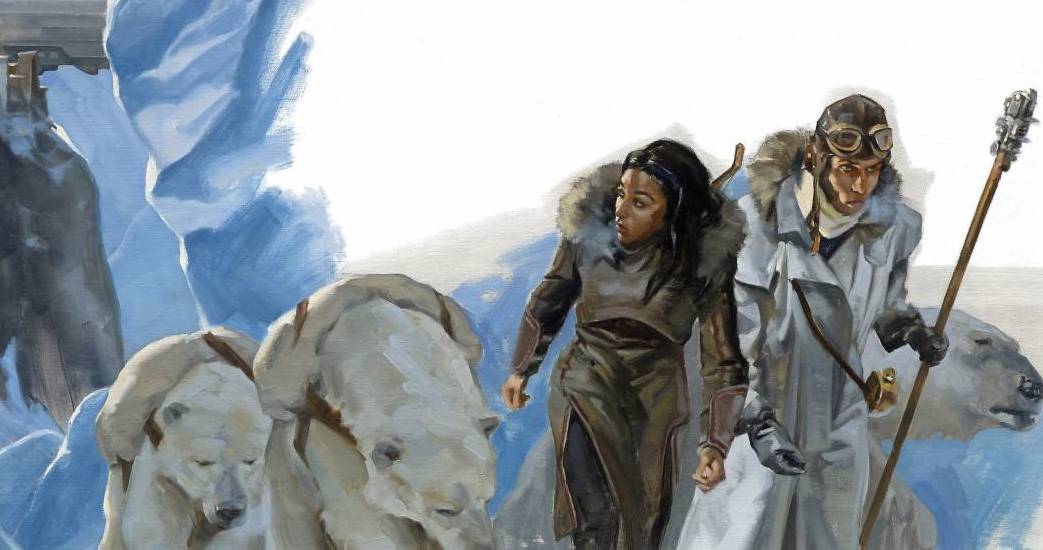

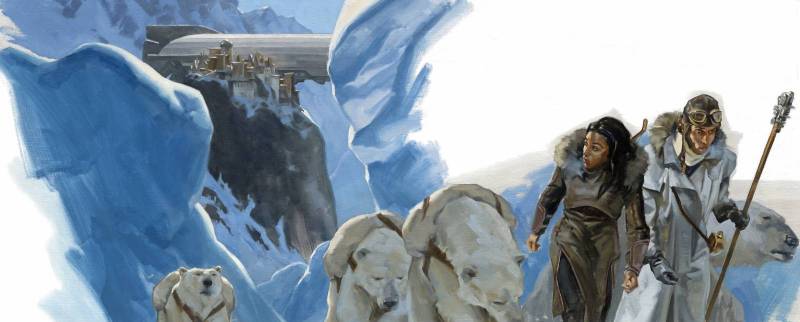
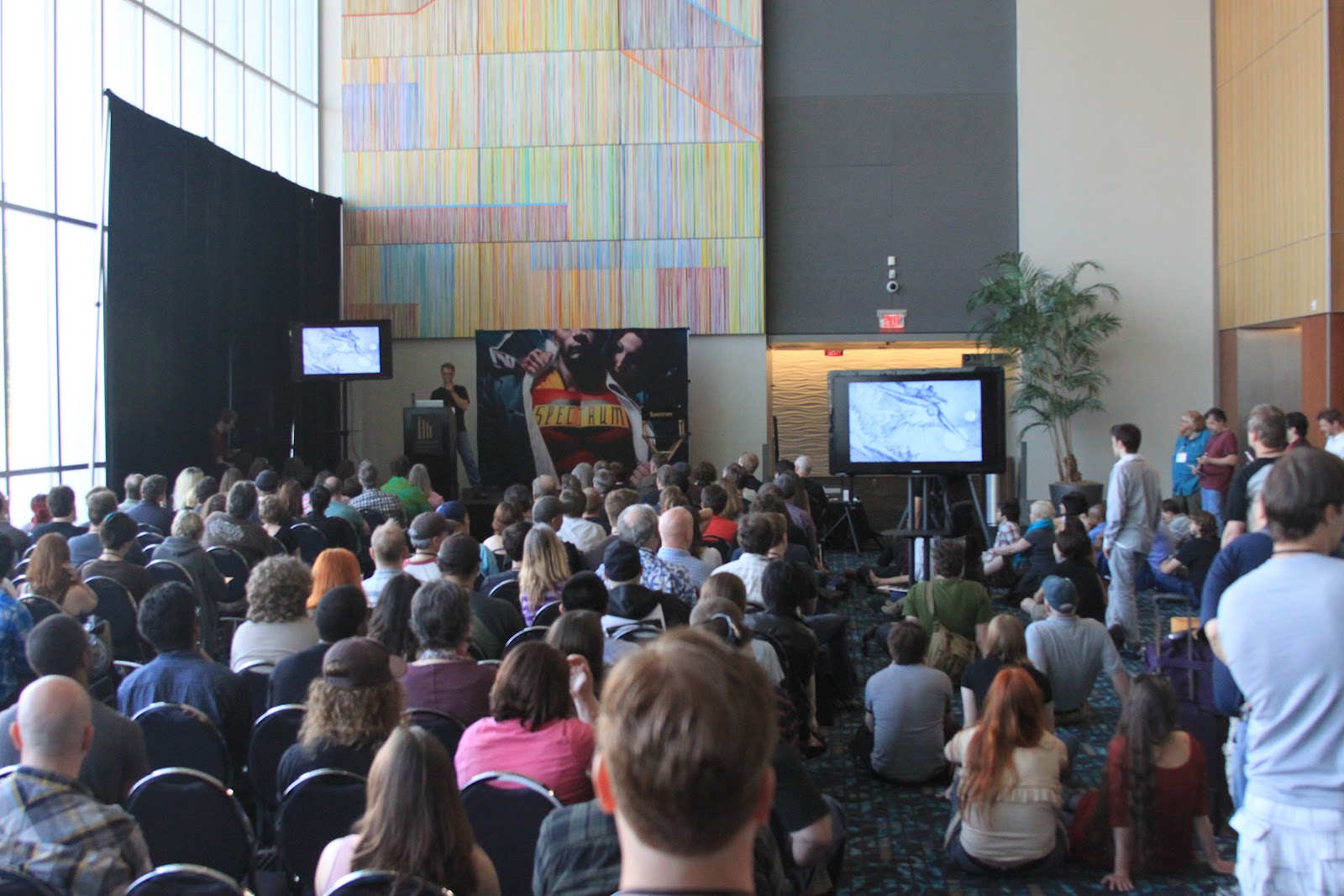
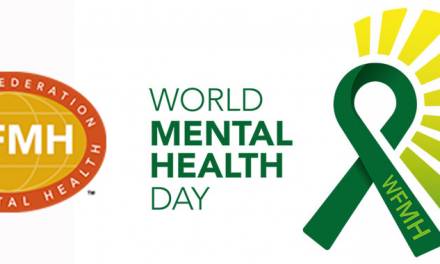
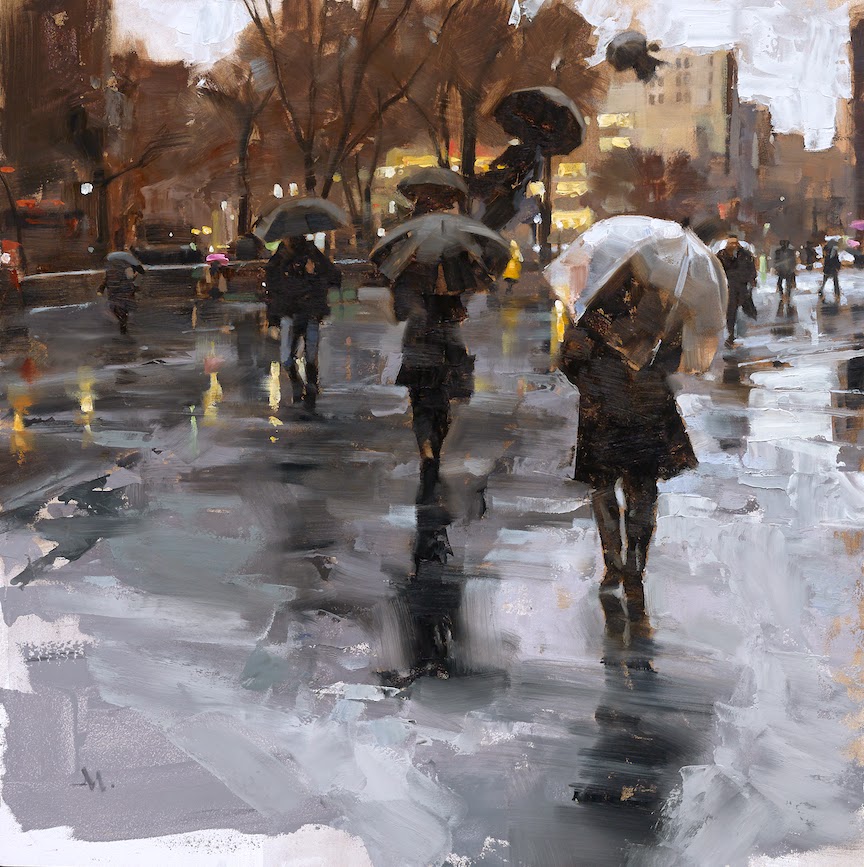

Thank you for this.
I’ve crushed a few ignorant souls about the “Those who can’t teach” comment. Quite a list of artists I can come up with. Thanks Greg.
Thank you Greg another wonderful post! I love the addition of the reading list, Seeing that you interested in this genre I would also like to recommend a book on the subject of skill building / goal progress. It’s a book called Mastery by Robert Greene. He outlines the patterns, practices, and habits of individuals that have mastered their respective crafts. Definitely worth checking out if your interested. Thanks again!
This was a great article, Greg.
“Painting is Dead” was the anthem of all the fellow freshman fine arts students I never saw again, and a few disgruntled faculty members who felt their careers had fizzled out because they were teaching at a small university that wasn’t known for its art department (maybe they were following “Those that can, do. Those that can’t, teach.”?).
Thanks you all! Keeping Muddies in mind when I write here. We all come from similar stock!
Hey Joshua…Mastery is on the list above, but thanks for the reiteration! I really enjoyed that book, too. The one I’m most eager to read at the moment is PEAK, by Ericsson. He’s the guy that started a lot of this thinking about performance research.
The “experience” one really hits me often.
This was a GREAT post Greg!
Great article, Greg.
“Either you have it or you don’t” was one that haunted me for years, even after I got into art school. I eventually realized that the concept of “talent” as some kind of birthright was BS, but so many still don’t. It is so soul-crushing
and utterly destroys motivation to improve yourself when you think that you never will be as good as you want to be because “you weren’t born to be great”, essentially.
People, artists, clutch onto their beliefs as if their absolutes…when to use black, never…photo reference is bad…you cannot separate design from rendering….even you have to be cruel to be kind if you examine some art teaching techniques. Artists are so full of platitudes and obstinate behavior that it should be called out. We expect responsible behavior in other professions, why should artists be any different? Science is self correcting, so should art.
A lot of art training can turn into invalidating nonsense if you get worked over too much.
Wow…excellent replies, you guys. Lots to think about. And it feels as if my art experience is not uncommon. I had a suspicion it wasn’t. The Fine Art world is changing, and I suspect for the better. It’s had one hundred years of exploration and we’ve learned a lot. NOW…let’s see what we can do with what we’ve learned.
I invite more comments! Such a great topic, yes? I’ll likely do another bunch of platitudes at some point soon.
Hey a…I’ve felt that pain for far too long, and you’re right, so many still think there’s “something.” ‘Something’ was never enough for me, so I carried on. Along the way I discovered how mistaken the idea of ‘talent’ really is. Sincerely tired of how often people right things off to magic.
I meant “write” things off (above). Stupid spell-check…
I think telling people draw something I’ve never seen before is complete bullshit. You draw what you know, which is what you’ve seen, in order to make something new. Otherwise, if it’s truly something you’ve never seen before, how can you relate towards it? Is Avatar or the Matrix really that far out? Don’t you think you’ve taken the red pill?
https://www.youtube.com/watch?v=u2j578jTBCY
Somebody,
Please do us the courtesy of using your name when replying. We don’t censor comments here at Muddy Colors, so you’re always free to speak your mind. But when we get multiple replies from a single person using 3 different names/email addresses, it looks more than a little suspicious.
Greg, I love the way you think and the way you are able to put your own sense of humor into things that are so true.
“The distance between the work and the audience is the same distance from the artist that created it.”
Man, that one stunned me! Thanks for this and all other posts.
Great book list Greg! I’ve read most but filling in the ones I haven’t yet! Thanks!
I’ve got one! When painting (often plein air) and it’s said “cool light = warm shadows, warm light = cool shadows”. It’s an oversimplification and really not true at all.
The science behind why shadows are certain colors is really cool and interesting! Richard Yot wrote a great book on the subject.
Thank you! I’ve heard all these platitudes for years and fallen victim to more than a few. Even though I’ve felt in my heart for quite a while that many are BS – I was a teacher for 35 years and that whole “those that can’t” I knew to be false – it helps for someone of your stature to put it out there.
대전출장마사지로 쉽고 간편하게 집에서 경험해볼 수 있습니다.
Introduction to Monkey Mart
Monkey Mart is one of the most exciting and charming supermarket management games available today. Combining retail strategy with adorable monkey characters, the game delivers a fun and educational simulation experience that’s perfect for players of all ages. Whether you love casual games or enjoy strategic business simulators, Monkey Mart offers the perfect balance of creativity, challenge, and charm.